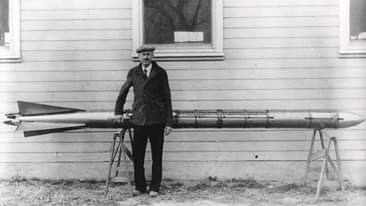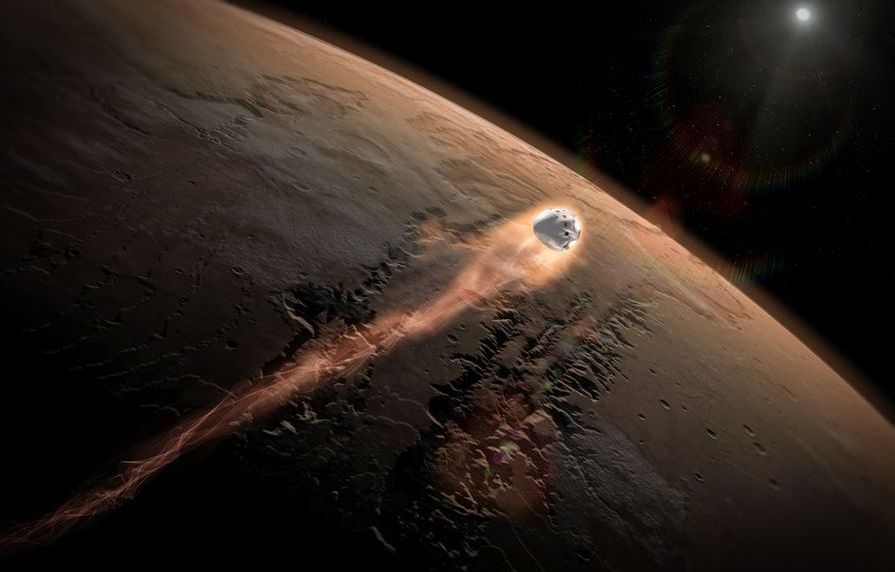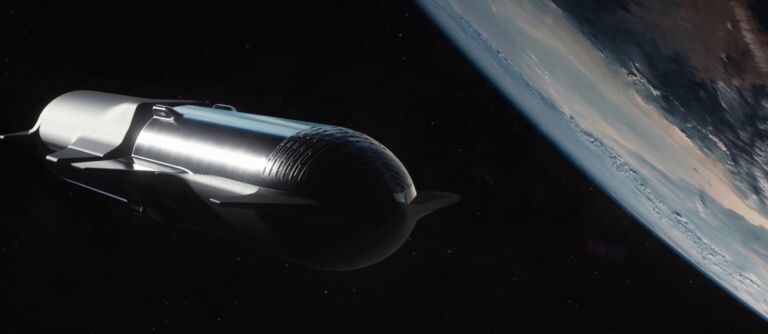On this day in 1899, Robert Goddard first considered the concept of space flight, which his work would later help make a reality.
On this particular fall afternoon at age 17, he was sent to prune a cherry tree in his backyard. While he worked, he found himself imagining, as he later wrote in his diary, “how wonderful it would be to make some device which had even the possibility of ascending to Mars, and how it would look on a small scale, if sent up from the meadow at my feet.”
It was at that moment that Robert Goddard dedicated himself to making space flight a reality. As he was to recall later, “I was a different boy when I descended the tree from when I ascended for existence at last seemed very purposive.”




